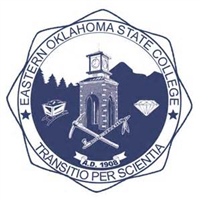What do they do?
Press or shape articles by hand or machine.
Also known as:
Boarder, Dry Clean Presser, Dry Cleaner Presser, Garment Presser, Ironing Machine Operator, Ironing Worker, Pants Presser, Presser, Pressing Machine Operator, Shirt Presser, Silk Presser
-
-0.9%
Change
Ranks #19 in job growth rate130Job Openings
Ranks #6 in net job growth
Looking for colleges that offer a specific major? Use the College Match Tool to find your best-matched schools and discover your estimated Net Price!
- High school diploma equivalent (39%)
- Less than high school diploma (38%)
- Some college, no degree (15%)
- Bachelor's degree (4%)
- Associate's degree (4%)
- Master's degree (1%)
- Doctorate or Professional Degree (<1%)
People in this career often have talent in:
- Manual Dexterity - The ability to quickly move your hand, your hand together with your arm, or your two hands to grasp, manipulate, or assemble objects.
- Arm-Hand Steadiness - The ability to keep your hand and arm steady while moving your arm or while holding your arm and hand in one position.
People in this career often do these activities:
- Mark products, workpieces, or equipment with identifying information.
- Package products for storage or shipment.
- Smooth garments with irons, presses, or steamers.
- Adjust fabrics or other materials during garment production.
- Stack finished items for further processing or shipment.
- Remove products or workpieces from production equipment.
- Clean fabrics or apparel.
- Select production equipment according to product specifications.
- Prepare fabrics or materials for processing or production.
- Set equipment guides, stops, spacers, or other fixtures.
- Inspect garments for defects, damage, or stains.
- Measure dimensions of completed products or workpieces to verify conformance to specifications.
- Measure materials to mark reference points, cutting lines, or other indicators.
- Cut fabrics.
- Clean production equipment.
- Maintain production or processing equipment.
- Adjust temperature controls of ovens or other heating equipment.
- Operate sewing equipment.
- Install mechanical components in production equipment.
This page includes data from:

 Occupation statistics: USDOL U.S. Bureau of Labor Statistics Occupational Employment Statistics
Occupation statistics: USDOL U.S. Bureau of Labor Statistics Occupational Employment Statistics






